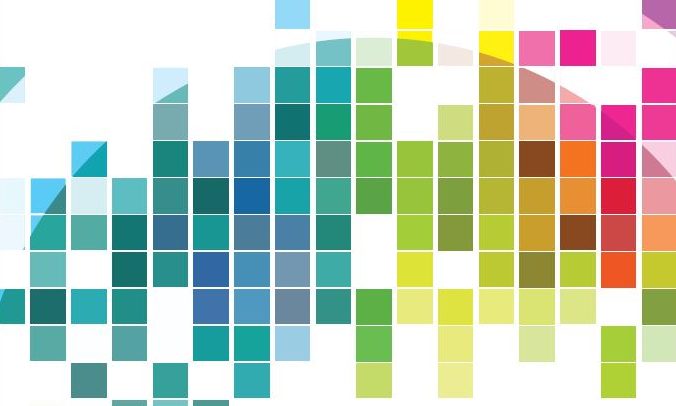
This article originally appeared in the January/February 2019 issue of Museum magazine, a benefit of AAM membership.
The museum—finally—is digital.
Today’s museums have collections shared through connected databases, exhibitions powered by media interactivity, partnerships sustained through online channels, research driven by information technology, and the daily activity of museum employees supported by the collaborative tools of the modern workplace.
And yet, even though museum practice and identity are shaped by digital technology, museum staff often don’t have the skill sets to match an institution’s ambitions or its audience’s expectations. Plainly put: much of the museum sector still lacks the skills it needs for the digital transformation it wants.
Consider the UK’s experience. The British government’s recent Culture is Digital report called out digital skills as “a key area of weakness for many cultural organizations.” This conclusion (and provocation) was based on studies that reached similar findings. For example, the 2017 report from Arts Council England and Nesta, Digital Culture 2017, found that digital “is still an area where the majority of organizations feel that they only have basic skills compared to their peers.”
The reasons for this shortfall in digital capability are unsurprisingly complex, but they are encouragingly graspable. TheOne by One project is currently working on a new approach to digital literacy, understanding, and development for UK museums.
A Case for Change
Today, new terms like “agile” and “iterative,” along with cross-functional and cross-departmental activities such as “design thinking,” “visitor journey mapping,” and “service design,” are part of our everyday work. The digital team is usually driving this change and serving as the trainers and advocates for this way of working.
New digital roles are also cutting across many functions. These positions may have “marketing,” “development,” or “education” in the title, but they are cross-disciplinary. They require not only technical knowledge but also an understanding of how our audiences are engaging with us both on-site and virtually and how digital fits into a holistic and integrated visitor experience.
These roles are disrupting traditional organizational structures. Senior leadership needs to understand how these roles might drive strategic and organizational change. In addition, they need to determine where in the organization the digital department sits and its relationship to other departments that also have core digital responsibilities, such as CRM, marketing, IT, digital collections access, education, and development. For example, at Cooper Hewitt, Smithsonian Design Museum the chief experience officer is now responsible for digital, IT, visitor experience, and operations. It is a new role that sits across visitor-facing functions and integrates the human, digital, and physical aspects of the museum.
However, given the essential role digital now plays in delivering on a museum’s core mission and ambitions, it is vital that all staff have the appropriate skills so that they feel digitally confident. We can no longer expect digital teams or individuals to be solely responsible for building this digital fluency. Instead, it must become a strategic priority for museum leadership.
Investing in the digital skills of staff including senior leadership is essential for museums to make informed decisions about technology use, understand the long-term sustainability and operational implications of technology tools, and meet the needs of an ever-increasing tech-savvy audience, among other demands. The investment in this training is
urgently needed now.
Pivoting to a New Approach
Do all staff need the same training? What do senior leadership need to know? How do you keep up with new trends and technology? Who is responsible for delivering training? How do you do training when there is no time or budget? These are universal questions about digital skills training, regardless of the size or type of organization.
Launched in September 2017, the One by One project is a 30-month British national initiative that seeks to address these questions. Funded by the UK’s Arts and Humanities Research Council and led by the School of Museum Studies at the University of Leicester, One by One aims to build a shared framework of digital skills development for the country’s museum sector.
Strikingly, the project is characterized not just by the breadth of its collaboration, but also the role of scholarship as its mainspring. The consortium includes the UK’s Museums Association, the Association of Independent Museums, and the National Museum Directors’ Council, as well as key government funders and policymakers such as Arts Council England and the Heritage Lottery Fund. Influential standards bodies, such as the Collections Trust, and support agencies, like Culture24 and the Museum Development Network, bring insight and influence as well as the ability to reach people and institutions across the profession.
Alongside this unprecedented level of cooperation is the assumption that academic research can provide an objective, trustworthy, evidence-driven, creative driving force for the initiative. The university partners are exposing
museum partners to new thinking, supporting them in experimental practice, and (if necessary) helping them safely take risks.
The One by One program has been built around, and sequenced according to, the principles of design thinking. Consequently, the project’s first “empathize” phase sought to understand the current context by building a map of the existing digital skills ecosystem, in particular, the demand, supply, deployment, and development of these skills in museums.
Warwick Institute for Employment Research led an empirical study that involved a literature review of more than 300 reports, an online focus group, and 50 on-site interviews with museum staff of all levels in six museums.
The findings of this first phase, released in April 2018, found the following:
- museums have different practices in how digital responsibilities and skills are distributed, managed, and shared across museums;
- digital is increasingly seen as part of everyone’s skill set, and all roles have some kind of digital element;
- digital is becoming professionalized in the museum as digital roles and responsibilities become standard practice;
- as digital becomes institutionalized, museums are restructuring;
- museums are exploring, learning, and demanding new digital skills as they innovate and create with digital;
- museums are developing a deeper understanding of the digital skills, knowledge, and expertise needed as they reflect on their potential future;
- museums are increasingly engaging in evidence-based digital practice as data from web analytics and social media accounts are analyzed and used in decision-making processes;
- currently, there is little evidence that museums are systematically assessing and identifying digital skills needs;
- there is little evidence of in-house formal training around digital skills or digital literacy;
- and there is evidence of an assumption that “digital skills” relate to a specific set of technical competencies.
Following this mapping of the current museum digital skills ecosystem, the project’s second phase, the “define” phase, sought to understand how we articulate the digital skills that we need in the museum sector. From March to August of 2018, Culture24 led a nationwide consultation within the museum profession, driven by an open online survey, a #MuseumHour Twitter Q&A session, and a series of daylong workshops across the country involving more than 50 practitioners from a range of museums, universities, and cultural agencies.
Presented at the UK’s Museum Association national conference in November 2018, the findings of the project’s second phase showed that:
- museums need a response to digital skills development that is person-centered, purposeful, and useful;
- museums do not need a single list of digital competencies, but instead, the means to allow users to understand (and define) digital skills generally, to set strategic priorities, and to plan and track proficiency;
- museums need a consistent set of terms and definitions around skills that differentiate between competency, capability, and literacy;
- and museum employees need support in developing different digital skills for different parts of their jobs, within appropriate organizational conditions, through the appropriate activations, and using appropriate tools and resources.
Midway through its 30-month initiative, One by One is validating and exploring these needs in the third and fourth phases of its design thinking. At the center of the project is a network of digital fellows, one embedded in each of six partner museums: National Museums Scotland, Derby Museums, the National Army Museum, the Royal Pavilion, and Museums Brighton and Hove, the Museum of London, and Amgueddfa Cymru National Museum Wales.
The fellows are leading research interventions, each of which pursue a different need identified in the project’s current findings. For example, fellows are working with their museum partners to explore how the museum can nurture a culture in which museum staff and volunteers easily understand the opportunities and parameters of their individual context in order to develop their digital skills; how the museum can help staff members identify and use the digital skills they’ve got, improve where they need to, and understand the impact on themselves and beyond; how the museum can jumpstart adaptable conditions and skills that will enable all staff to work digitally; and more.
The digital fellows bring resources, creative thinking, and experimentation to the museums, becoming advocates and thoughtleaders—within and beyond the institution—for a new approach to digital skills development.
By the spring of 2020, One by One will share its collectively built and owned digital skills framework with the UK museums sector. At a national skills summit in December 2019, hosted by Arts Council England, we will release the new definitions, principles, tools, and resources we’ve developed, which will be available to the whole sector.
We hope this project will help museums develop a workforce that has the skills to match their institutions’ digital ambitions.
What’s In A Word?
The early phases of the One by One project identified the need for shared terminology regarding digital skills. If museums can’t be clear on the language and definitions of digital skills, everything else becomes so much harder. One by One is currently working with the following (emerging) lexicon.
My digital skills are made up of:
Digital Competency
What I do with digital and how I am able to execute an action, typically using a digital tool. (For example, I am able to tweet.)
Digital Capability
What I achieve with digital, the context of this activity, and how able I am to complete a digital task within a specific context. (For example, I am able to run a museum social media channel.)
Digital Literacy
How I consider digital and my awareness of how my actions and tasks relate to the expectations of my professional setting. (For example, I am able to reflect on what social media best practice is in my sector and how I might develop my and my organization’s practice accordingly.)
What About Us?
At the AAM Annual Meeting, May 19–22, 2019, in New Orleans, we will hold an open forum on digital literacy for US
museum professionals. At the forum, we will discuss the applicability of the One by One project to US museums and
how the findings from the UK could inform the development of a similar digital skills framework for the US museum
workforce. Register for the Annual Meeting at annualmeeting.aam-us.org.
Resources
One by One Phase 1 Findings, Mapping the Museum Digital Skills Ecosystem, one-by-one.uk/2018/03/23/phase-1-findings
Carolyn Royston is the chief experience officer at Cooper Hewitt, Smithsonian Design Museum in New York City. Ross Parry is a professor of museum studies at the University of Leicester in the UK and the One by One project lead.

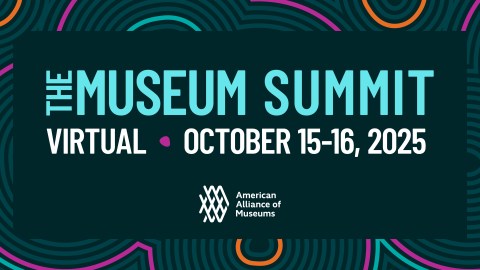
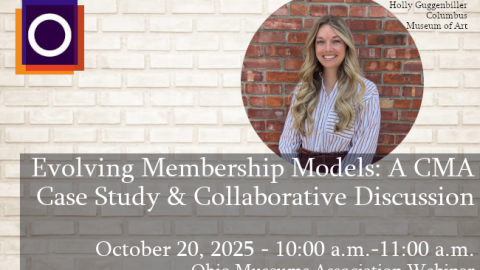
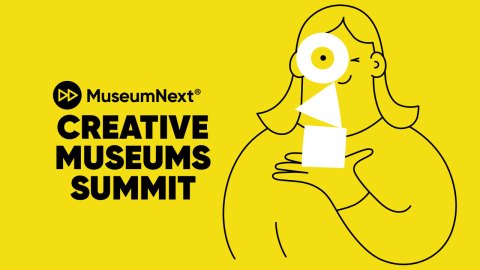
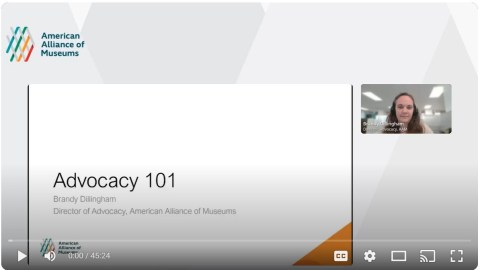
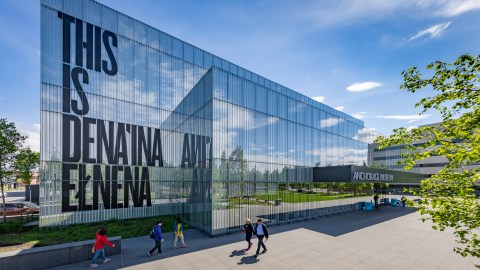
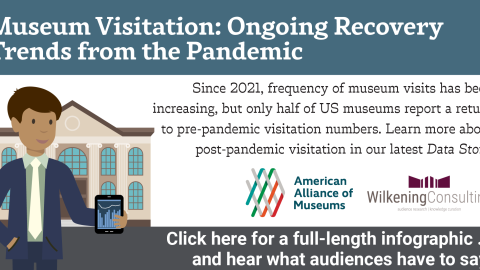

I found this article to be frustratingly vague, creating jargon rather than a plan of action. For example, “competency”, “capability”, and “literacy” are descriptors for ability levels not specific skills. Furthermore, the word “digital” is frequently used here as a noun when it is actually an adjective.
What is a digital? What constitutes a digital skill and how would it be applied in a museum context? Is the expectation that curators can tweet, which takes approx. 30 seconds to figure out, or that they can share accurate information and respond to trolls in a way that reflects well on the institution? At the other end of the time and difficulty spectrums, are curators now expected to be capable of creating and managing an online collections database and website? Just stating that there are undefined skills that unspecified museum employees do not have is unproductive.